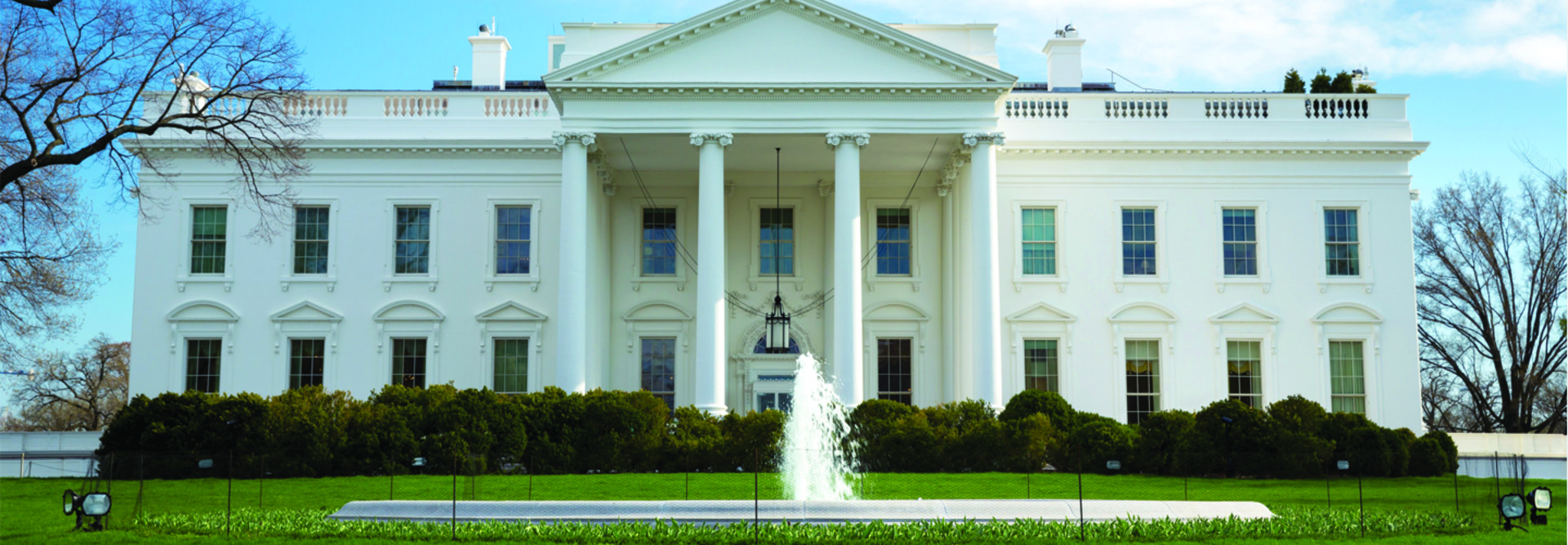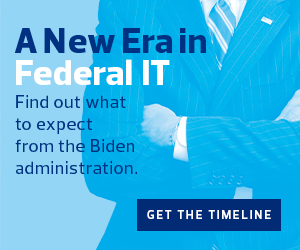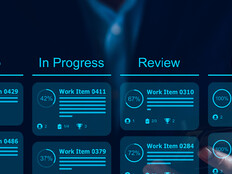New Tech Policies Often Build on Existing Foundations
The outgoing administration left a blueprint to follow on tech modernization. Initiatives ranging from Cloud Smart to Artificial Intelligence for the American People underpin the work already being done by agencies to upgrade their IT environments.
Biden transition officials gave one clue early on as to where the administration stands on technology by establishing an agency review team focused solely on the U.S. Digital Service, a small, 6-year-old agency that focuses on assisting agencies in the modernization process. (The transition team also showed a little tech savvy by using the source code on the transition website as a recruiting tool; similar source code is in the new White House website as well).
In the days before the inauguration, the transition team also released its COVID-19 plan, which included calls for additional funding to boost federal IT modernization and cybersecurity protections in “the most ambitious effort ever to modernize and secure federal IT and networks.”
Among the funding proposals:
- A massive expansion of the Technology Modernization Fund, now at $25 million; Biden is asking for $9 billion to pay for both standard modernization projects as well as shared service projects being ramped up by the Cybersecurity and Infrastructure Security Agency and the General Services Administration
- $200 million to hire hundreds of IT experts to support the federal CIO and the U.S. Digital Service
- $300 million in funding for GSA’s Technology Transformation Services
- An additional $690 million for CISA to improve cybersecurity in federal civilian networks
“The recent cybersecurity breaches of federal government data systems underscore the importance and urgency of strengthening U.S. cybersecurity capabilities,” the transition team wrote in a press release.
Hiring a good team to handle all of this will be an important first step. “The first milestone is finding the right balance of people who are visionary and people who know the way our government works and are able to advance an effective agenda,” says Gordon Bitko, senior vice president of policy for the Information Technology Industry Council, which represents well-known tech companies and government contracting firms.
This will be a priority, as seven top agency CIOs will be leaving their posts — among them, the federal CIO as well as those for the departments of Defense and Homeland Security. However, many of the top technology positions in government are held by career government employees who generally stay on after an administration change.
“Wanting government to work better, more effectively and with better technology and access to the American people is something that administrations have agreed on in the past, and they have a lot of continuity between them,” says Loren DeJonge Schulman, vice president for research and evaluation at the nonpartisan Partnership for Public Service, home to the Center for Presidential Transition. “I think the Biden administration, given their interest, is really well poised to pick up on the good initiatives.”













